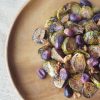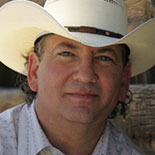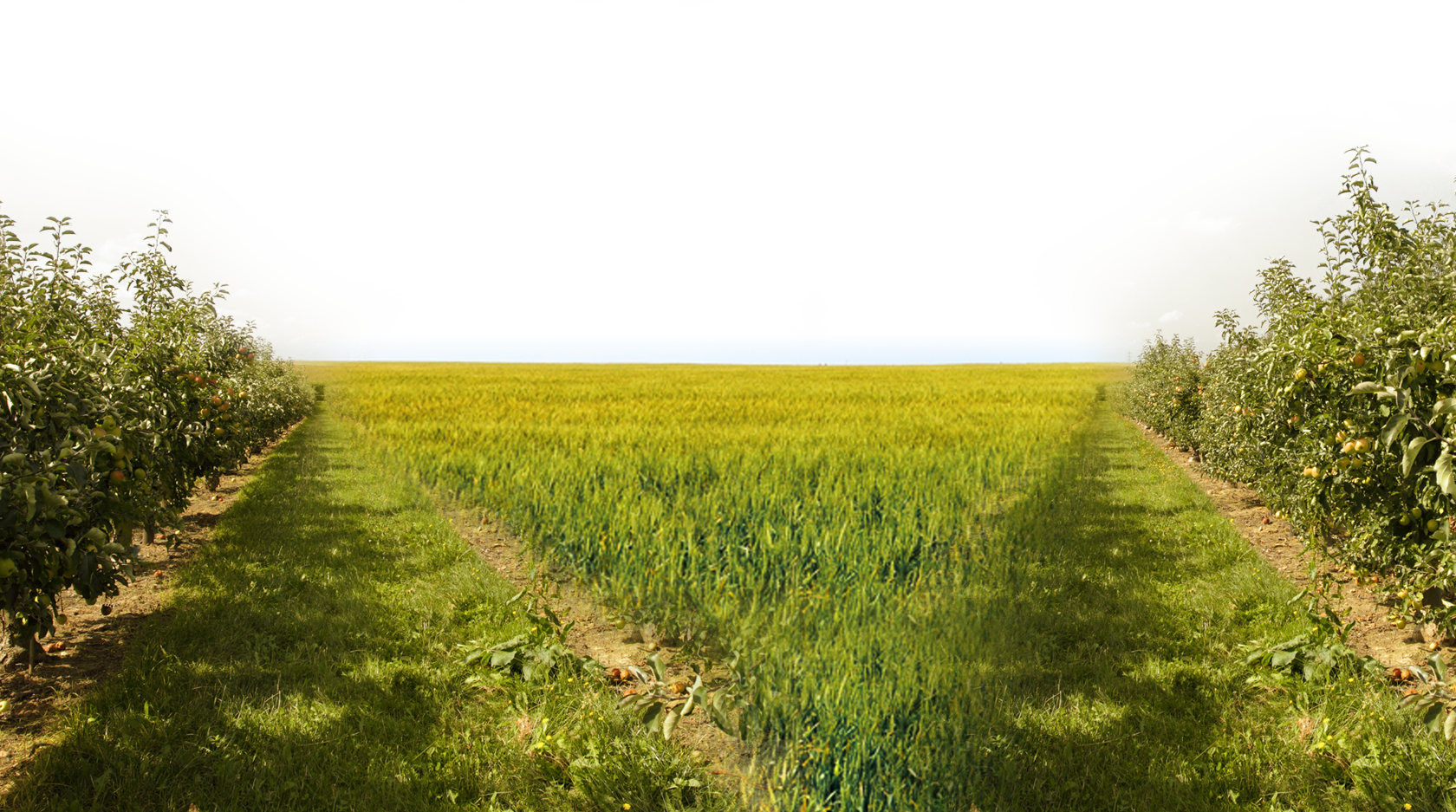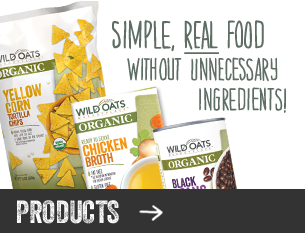
Open Sesame
By Linda Bonvie | 0 Comments | Posted 09/07/2014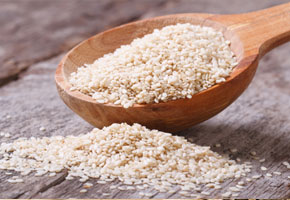
Said together, these are magic words.
“Open sesame.”
It was the secret phrase the humble woodcutter Ali Baba (from the Arabian tale of Ali Baba and the Forty Thieves) used to enter the thieves’ den where the treasure was hidden.
And after all these centuries, those words can still be used to discover riches.
Because what sesame seeds contain are a true treasure chest of health benefits.
Sesame, in fact, has been valued for thousands of years – both as a beneficial food source and in the form of oil for cooking and producing light.
And the nutritional benefits these little seeds contain is nothing short of amazing. But then, the plant itself is quite remarkable.
Sesame will grow under all kinds of conditions — in high heat or drought or with lots of rain. It thrives in places where nothing else will.
So, if your only experience with this wonderful seed is something that falls off your “everything” bagel, read on and see what you’ve been missing!
Sesame seeds are an excellent source of copper, manganese, calcium, phosphorus, iron and magnesium. They also contain good amounts of zinc, vitamin B1, selenium and fiber.
But sesame’s benefits don’t just look good on paper — it’s been found to help lower cholesterol and blood pressure, and to protect the liver.
Then there’s the real flavor sesame oil can add to your cooking, as well as the nutritional boost.
A favorite in Asian dishes, the oil has been used medicinally for centuries, especially in Ayurvedic medicine. It also contains such a high level of antioxidants that it will keep longer than most any other oil.
You can use sesame oil in stir fries, in salads and to add a nutty flavor when cooking chicken or fish. It should be used in medium-heat cooking and sautéing.
But to get the most benefits from the seed itself, try some tahini – which is simply roasted ground sesame seeds, sort of like peanut butter.
The most popular use of tahini, is of course, to make hummus, which is a blend of tahini, chickpeas, lemon juice and oil. But there are dozens of other ways to use it.
You can make dressings for lettuce, cole slaw and veggies. And tahini is a staple in Thai cooking, where it is blended with veggies to make a sauce (which usually includes coconut milk.)
And if it’s sweets you like, you’ll find there’s a sesame dish for that, too.
Halvah is probably the world’s first confection. Its basic ingredients are sesame seeds and a sweetener, such as honey or sugar. But halvah recipes also use chocolate, vanilla and other flavors and nuts. Halvah is both flaky and creamy, and probably the most delicious “candy” there is. The cooking process is sort of like fudge – seemingly simple, but it needs to be done just right.
So if you want to get at that “treasure,” just do as Ali Baba did, and say “open sesame.”


 Contact us
Contact us







